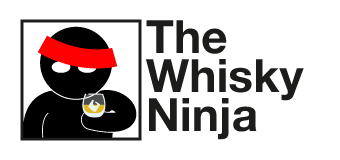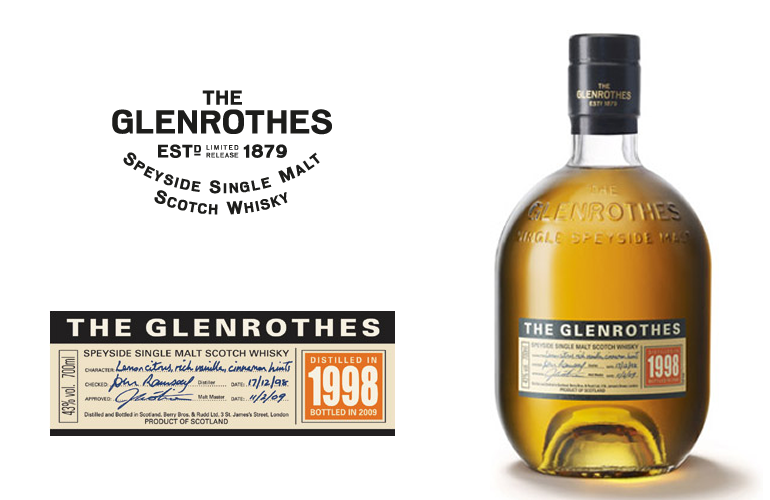Nose: To start with this whisky practically has no nose at all – almost like leaving some lemon peel and a tiny drop of vanilla essence in a glass of hot water. Give it a bit of time to breathe though, and it really gets going: finger buns with lemon icing, candied lemon peel, some icing sugar, and hints of honey and vanilla – also the faintest trace of pineapple chunks.
Palate: Honey, malt, light cereal notes – almost like a crumble topping, vanilla custard, notes of coconut cream, and small amounts of pepper and sweet spices. None of the citrus from the nose.
Mouthfeel: Mid-weight, dry, faintly warm, creamy, and very smooth.
Finish: Reasonable length, quite smooth. There’s not a lot of flavour on the finish, although there is vanilla, hints of honey, and the smallest traces of lemon coming back – but it just keeps coming, my mouth won’t quit juicing. Quite unusual, but in a good way.
[divider]
For those that aren’t familiar with The Glenrothes, most of their whiskies are released as vintages rather than age statements, or cask type, as most distilleries do. They do release some bottles (and an increasing number) of NAS ‘reserves’ including their cask reserves such as their sherry cask reserve, bourbon cask reserve, peated cask reserve, and robur cask reserve. They also have their non-cask specific ‘reserves’, which are multi-vintage single malts of various, and apart from the Select Reserve (The Glenrothes’ entry-level whisky), the Vintage Reserve, and their John Ramsay bottling, they are exclusive to travel retail
The Glenrothes currently has slightly unusual ownership, and the ownership of both the brand and the distillery, and the relationship between them is certainly unusual. Currently, the brand “The Glenrothes” is owned by Berry Bro. & Rudd of London – and the distillery is owned by Edrington, which inherited it with Highland Distillers – who have owned and operated the distillery since 1887. BBR and Edrington did a brand swap in 2010, which resulted in BBR owning the Glenrothes brand, and Edrington owning the Cutty Sark brand. BBR’s involvement with Glenrothes actually starts a lot earlier than 2010 though – with BBR using whisky from the Glenrothes distillery since 1923, in the Cutty Sark blend (the one they sold to Edrington in 2010). BBR has also been bottling vintage bottlings of The Glenrothes since 1993, a product that BBR began discussion about with Highland Distillers in 1982.
The 1998 vintage is rather different to other Glenrothes that I’ve had the pleasure of consuming – most of the whiskies that I’ve had from Glenrothes have had lots of orange and other citrus fruits, along with berries and toffee. The 1998, although completely different, is no less tasty. This bottling is the first vintage release from Gordon Motion as malt master for The Glenrothes. It was distilled in 1998 and bottled in 2009, has been bottled at 43%, and has no added colouring.
This whisky, like a lot of Glenrothes whiskies really is better with some time to breathe – losing some spice, and becoming a lot smoother. This is a great whisky, and I’ll definitely be getting another bottle.

